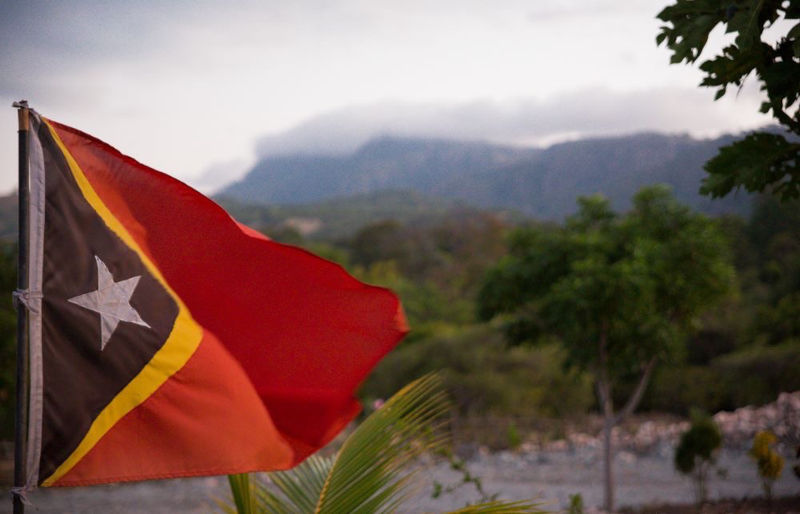Ramos-Horta's gesture to Gusmao on China is an empty threat
September 4, 2022
Australias bid to counter growing Chinese regional influence appears to have hit a hurdle in Timor-Leste with Foreign Minister Penny Wongs meeting with Timor-Leste President Jose Ramos-Horta. Following the meeting, Ramos-Horta demanded the Australian government intervene to help resolve a stand-off with Australias Woodside Petroleum over the development of the contentious Timor Sea liquid natural gas (LNG) project, or else Timor-Leste would seek Chinese involvement.
Claimed to be at stake is Timor-Lestes economic future, with Ramos-Horta arguing a south coast LNG processing facility is necessary to kick-start a proposed jobs-creating petro-chemical industry. Driving this issue is that Timor-Leste is looking at depleting its sovereign wealth Petroleum Fund, at current rates of spending, by the early 2030s. The fund has paid for Timor-Leste governments budgets which, in turn, underpins around 85 per cent of the countrys fragile economy.
Despite finite funds, since 2007, Timor-Leste has continued to spend around 200 per cent in excess of sustainable, interest only, withdrawals from the Petroleum Fund. Much of those billions has been wasted on infrastructure project over runs and padded contracts to government favourites. But, having developed an economy that relies on an unsustainable level of spending, Timor-Leste cannot cut spending to a sustainable level without effectively collapsing the economy.
To soften the prospect of a hard economic landing, the south coast project has been proposed as the countrys economic saviour. Setting aside unresolved technical hurdles, if the Greater Sunrise project was to happen it would only defer the inevitable for a few years, given that Timor Sea LNG is finite. The further idea that the south coast project would spawn a domestic petro-chemical industry is widely viewed as fanciful.
Despite this, Ramos-Horta has persisted, citing the China option to pressure Australia into agreeing to develop the south coast project. His threats, though, and much reporting about them reflects three misunderstandings. The first is that the Australian government cannot pressure a private resources company to develop a project it regards as economically unviable.
The second misunderstanding is that China’s key project lender, the Export-Import Bank, has already considered and rejected the project. If Exim Bank lacks interest there is unlikely to be other Chinese investment.
China has invested in Timor-Leste in smaller and more manageable infrastructure projects and wields growing influence. It does not need to further fund a white elephant. The third misunderstanding is that Timor-Lestes president does not enjoy executive power. Ramos-Horta is influential, but not a decision-maker.
Ramos-Horta was elected as president this year with support from former prime minister and resistance leader, Xanana Gusmao. Gusmao initiated the south coast project idea in 2007 and remains its key advocate.
However, following a dispute over ministries over two years ago, Gusmao pulled his CNRT party out of the coalition government. The governing coalition now wants little to do with him and has otherwise been unenthusiastic about his south coast project.
As Timor-Lestes largest aid donor, Australia still works closely with Timor-Lest and remains sensitive to its growing closeness to China. But Ramos-Hortas veiled threat is largely a gesture to his political benefactor, Gusmao, which he has no institutional capacity to fulfill.

